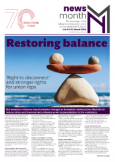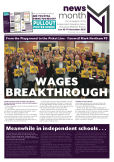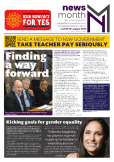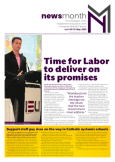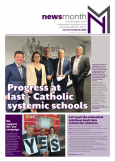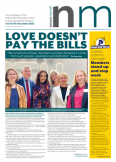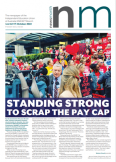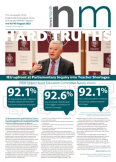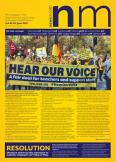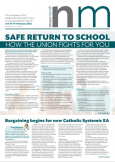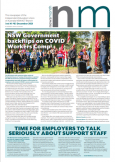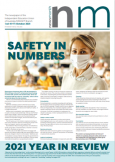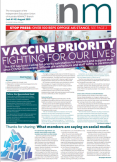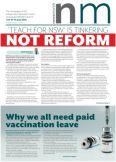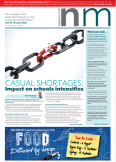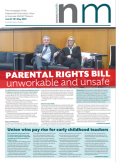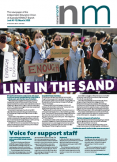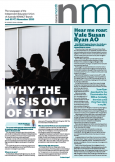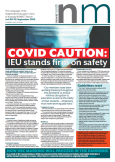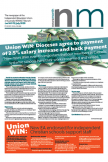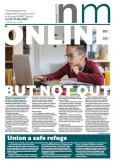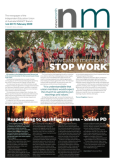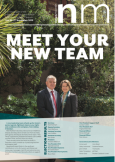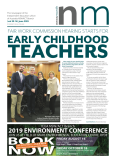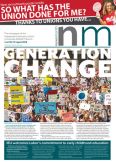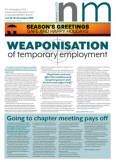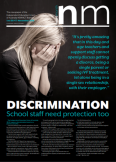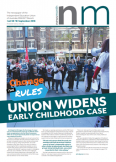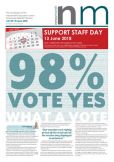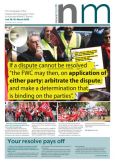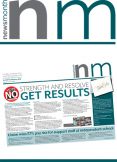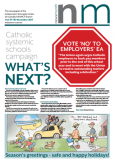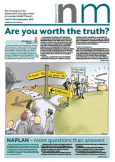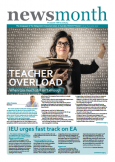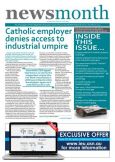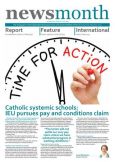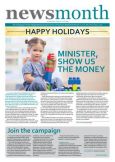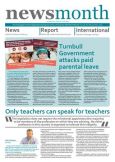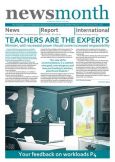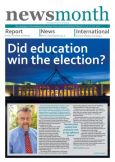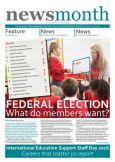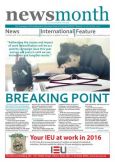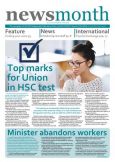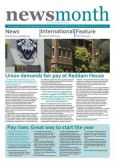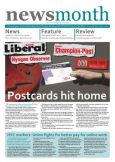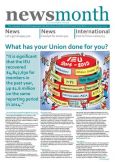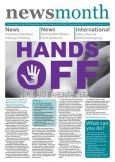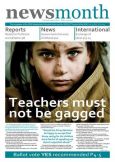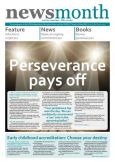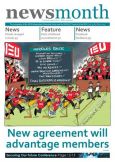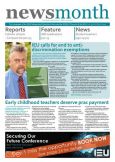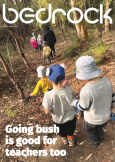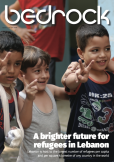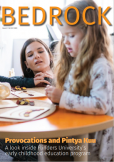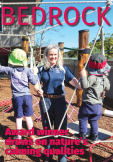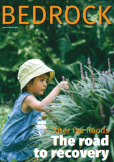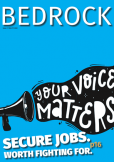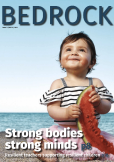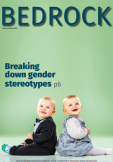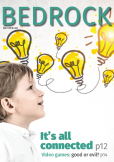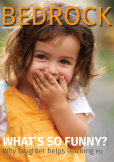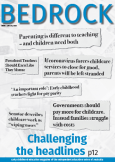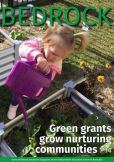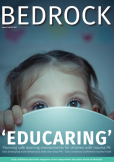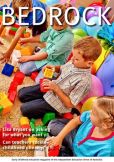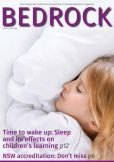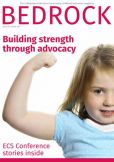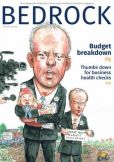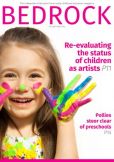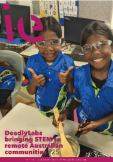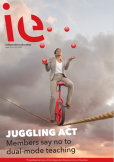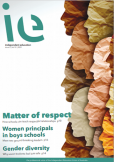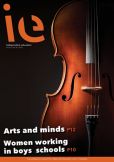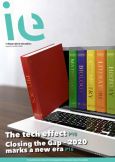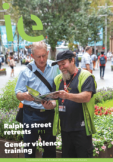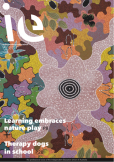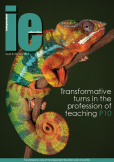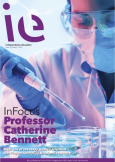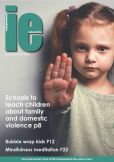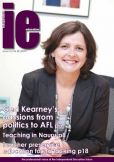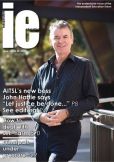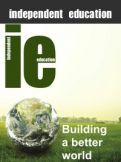
Even before the pandemic, health organisations were publishing articles to help readers identify fake health news. Dr Vaughan Cruickshank and Dr Rosie Nash of the University of Tasmania ask what this means for schools.
A person’s ability to recognise reputable, accurate health information is part of their health literacy.
It is also included in school curriculums: it is defined within the Australian Health and Physical Education curriculum (AC:HPE) as an “individual’s ability to gain access to, understand and use health information and services in ways that promote and maintain health and wellbeing”. (Australian Curriculum and Reporting Authority (ACARA), 2020, p.8).
Health literacy is essential to making critical decisions in health-related situations. There is a positive relationship between health literacy, health behaviours and health outcomes, and low health literacy is associated with poorer health (Mõttus et al., 2014).
The World Health Organization has positioned health literacy as a key strategy to addressing health inequalities and numerous programs have been designed to develop health literacy worldwide (Nash et al., 2021).
Teach health literacy to all
The AC:HPE is one of few curriculums worldwide that explicitly focuses on fostering health literacy in students. Health literacy is one of the five ‘key ideas’ that underpinned development of this curriculum (ACARA, 2020).
While the inclusion of health literacy in the curriculum points to its importance in contributing to good health outcomes, research (for example, Bröder et al., 2017) indicates that teaching health literacy can be challengingfor teachers.
Numerous environmental and social factors that can influence students’ health attitudes and behaviours contribute to this challenge. The teenage years are often considered the best time to teach health education and develop health literacy; however, recent research (for example, Hill et al., 2020) indicates that it could be more beneficial for children to develop health literacy in primary school when they are at a more impressionable age.
Attitudes and behaviours formed during childhood can influence adult health behaviours (Nash et al, 2020) and primary school classroom teachers are well placed to teach health literacy because of their in-depth knowledge of their students’ lives, needs and abilities.
Pilot program
HealthLit4Kids (HL4K) is an education package designed at the University of Tasmania for use in schools to raise awareness of health and promote discussions about health among teachers, students, families and communities.
The program has been piloted in five Tasmanian primary schools to support classroom teachers to develop health literacy in their students and encourage schools to embrace it across their curriculum. These five schools are located in areas of socio-economic advantage and disadvantage within Tasmania (from deciles 2-8 on the Socio-Economic Indexes for Areas scale, where one is the lowest).
As these schools capture some of the socio-economic variation among the community, they may be representative of other schools in similar contexts nationally and internationally.
The HL4K program is designed to encourage children to create health messages and experience health-orientated activities in ways that make sense to them. Students demonstrate their health literacy by creating health ‘artefacts’, such as mental health (egg) cartons of calm, food plates and posters that they exhibit in whole-of-school Health Expo at the end of the program. It becomes an age-appropriate catalyst for students to start health-related conversations with their teachers, parents and friends.
At the end of the first year of the program in each school, program creators interviewed parents and analysed the teachers’ written reflections. Despite the variation in the socio-economic status between different schools, there was a lot of overlap in the challenges and benefits identified in implementing the program.




